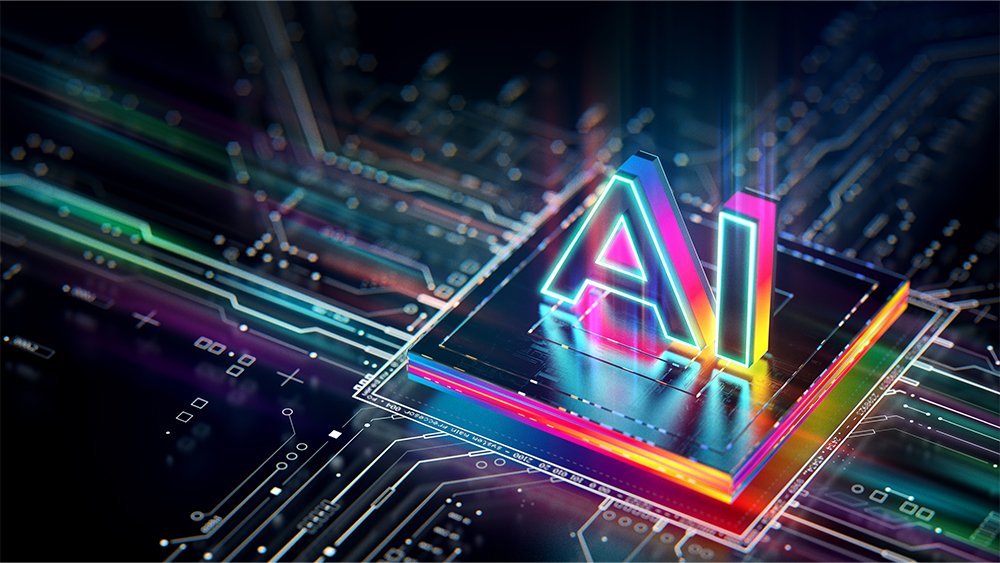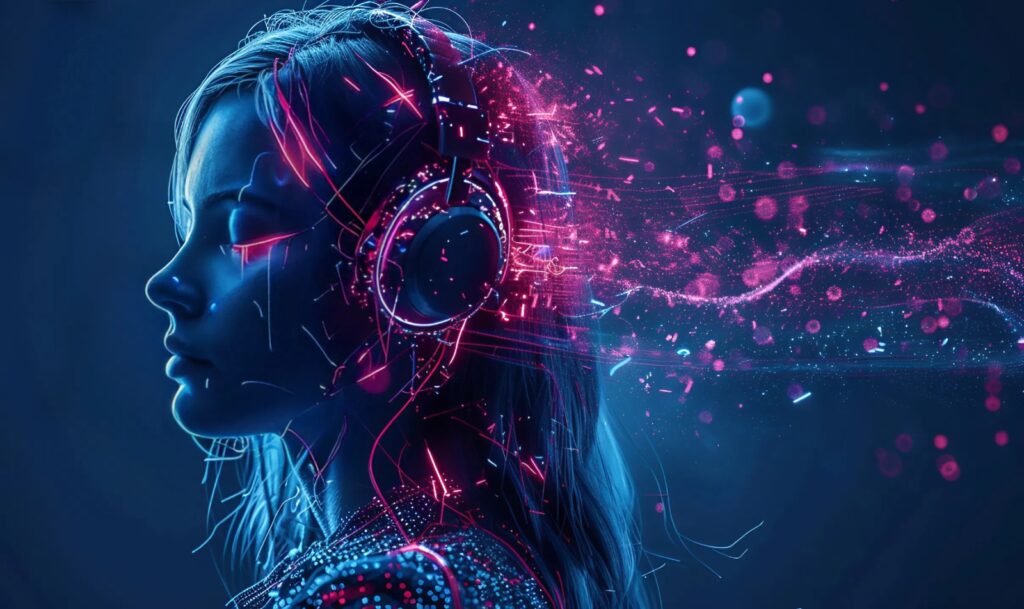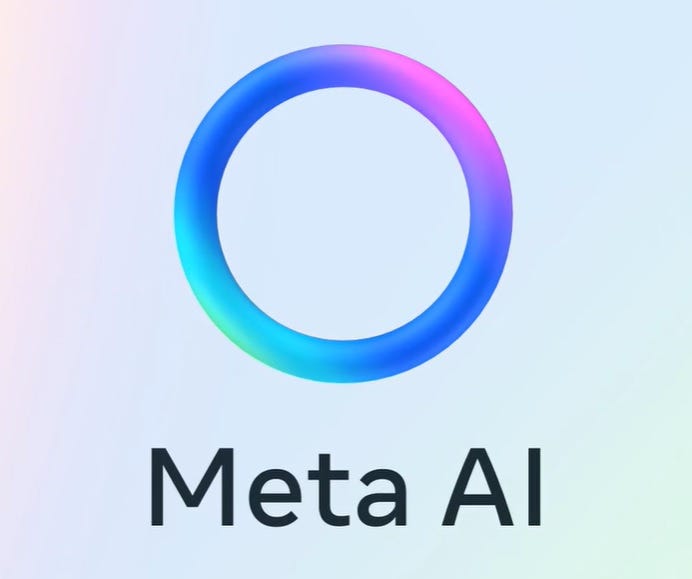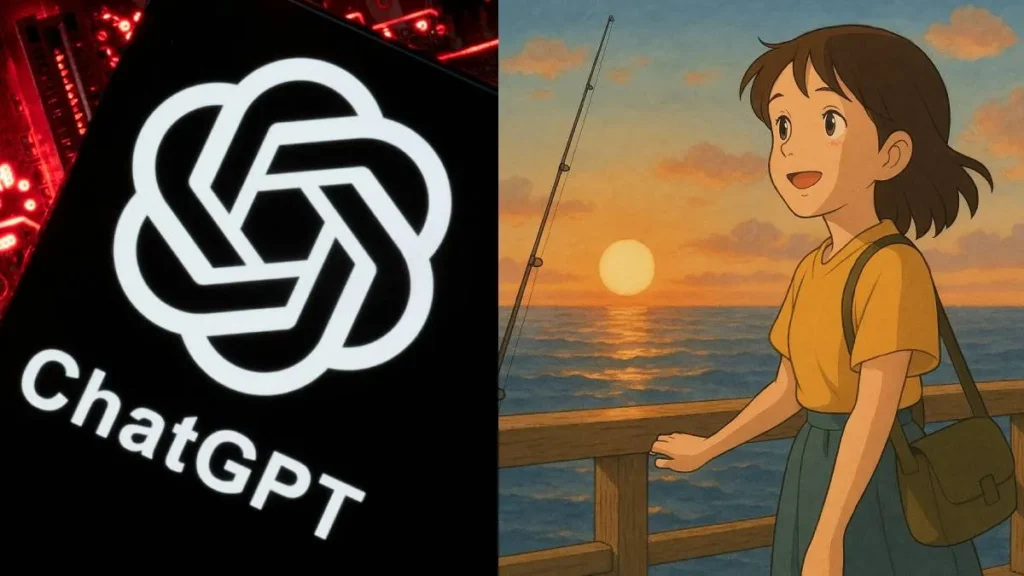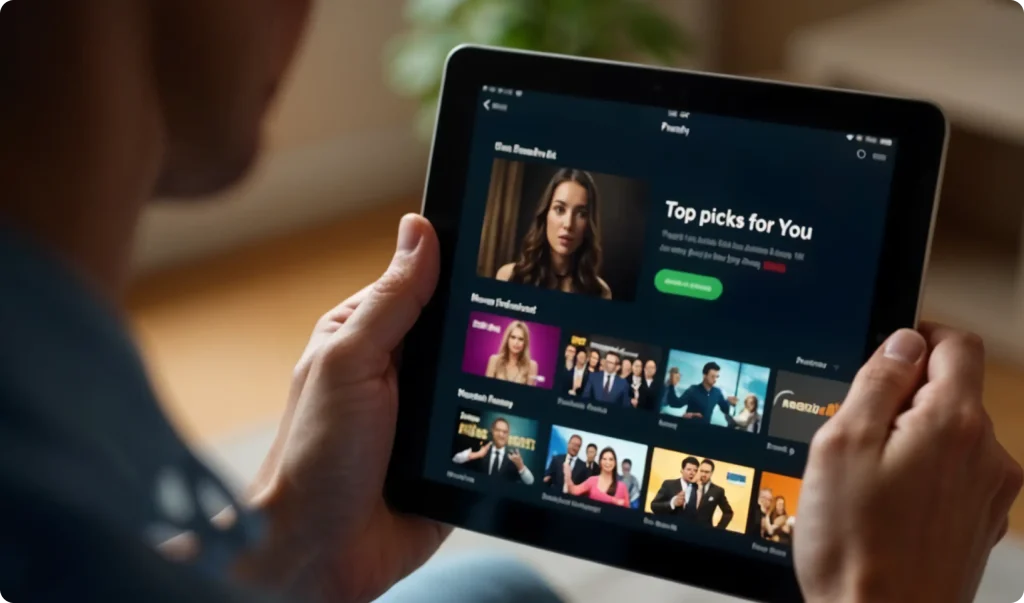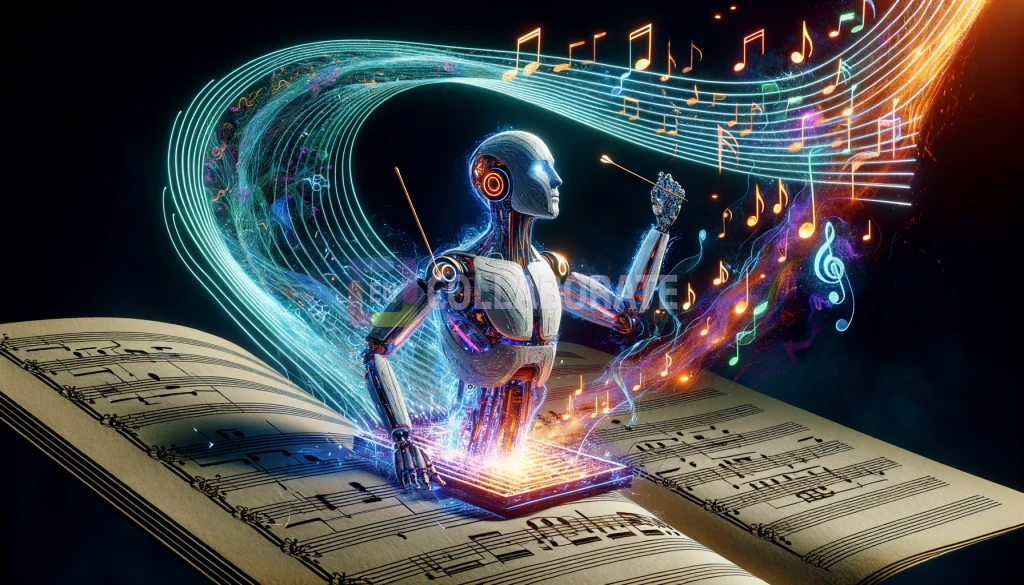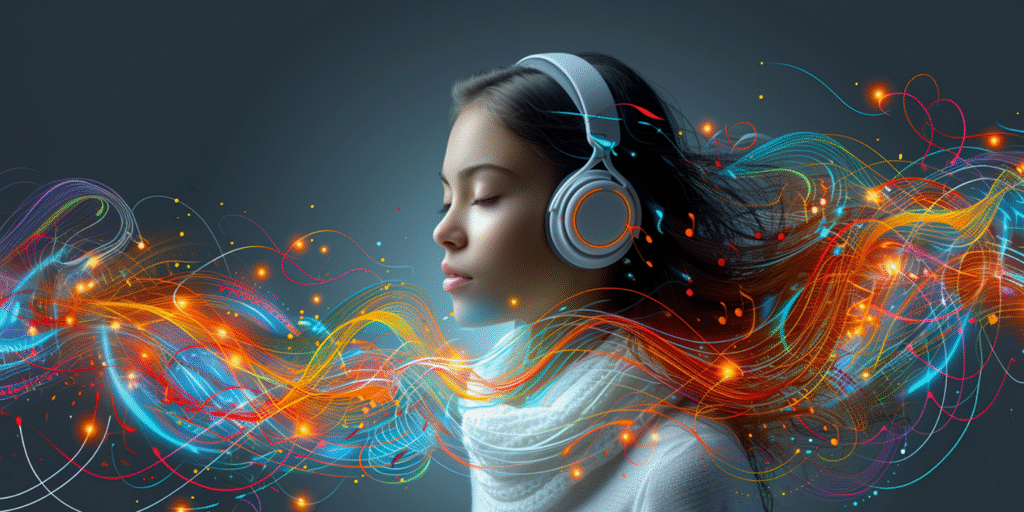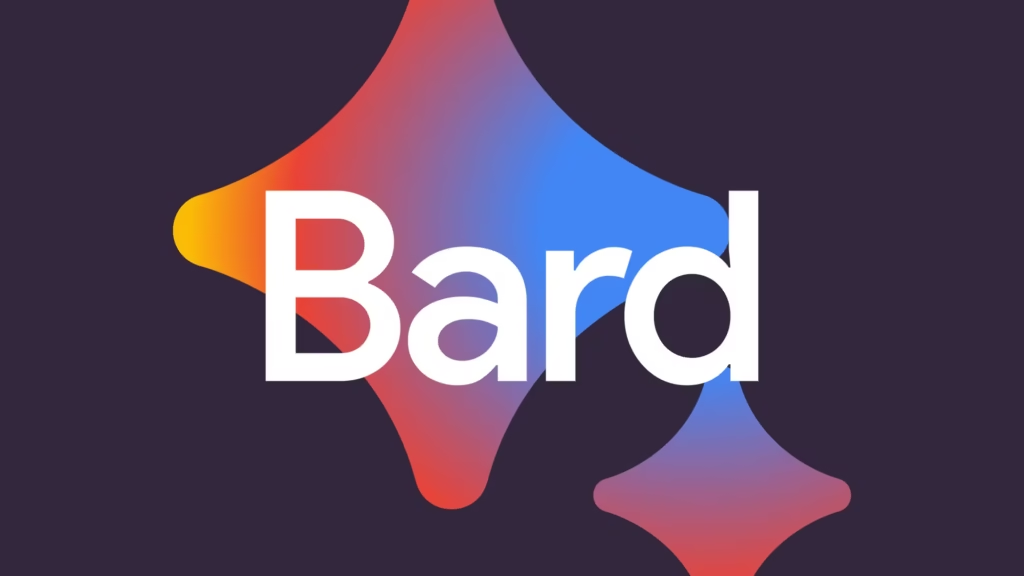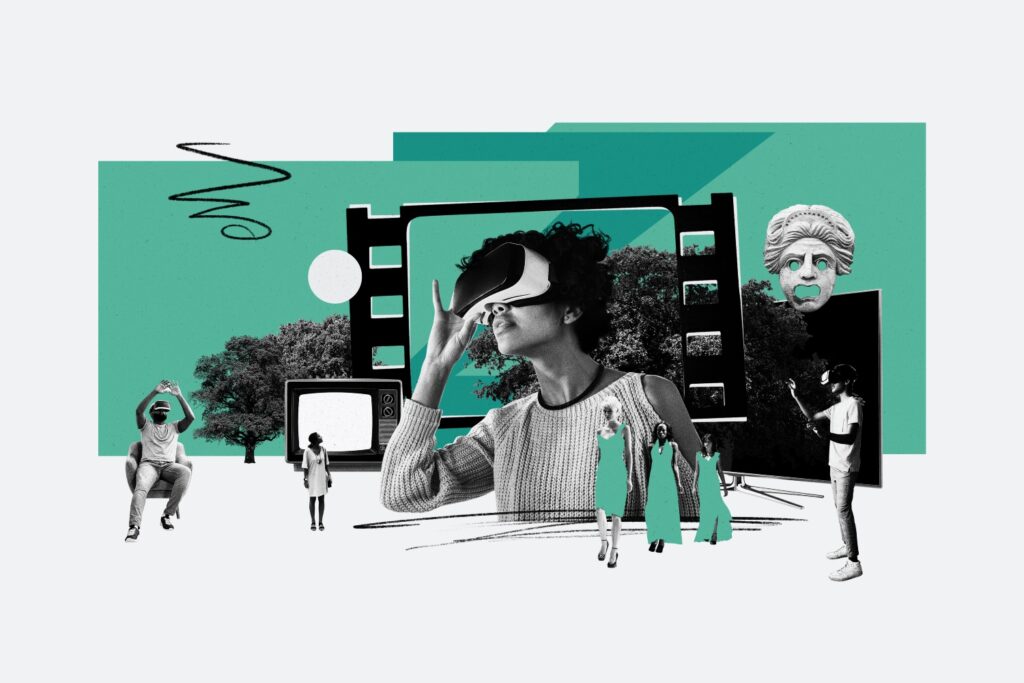AI’s Role in Shaping Future Forms of Artistic Expression
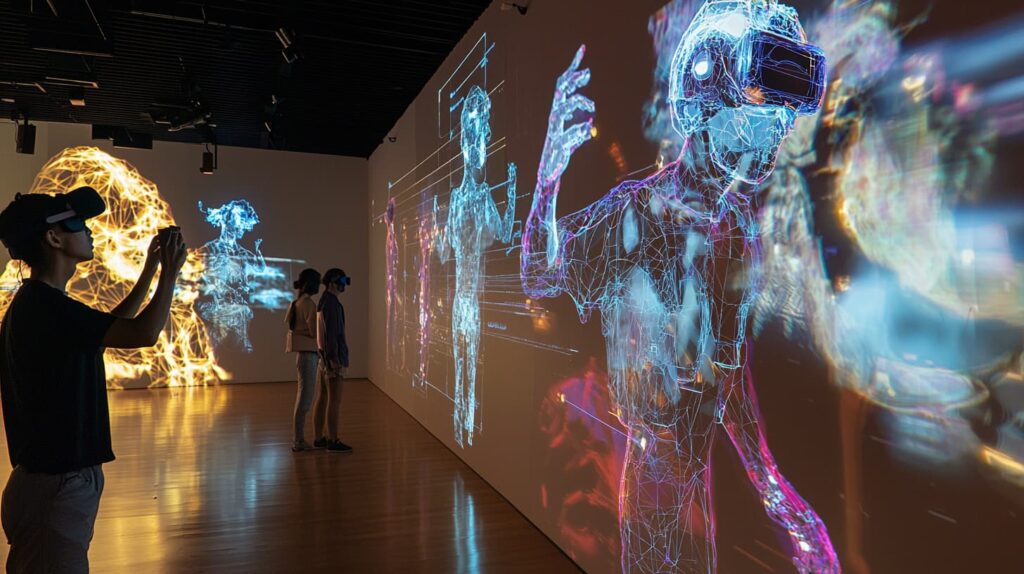
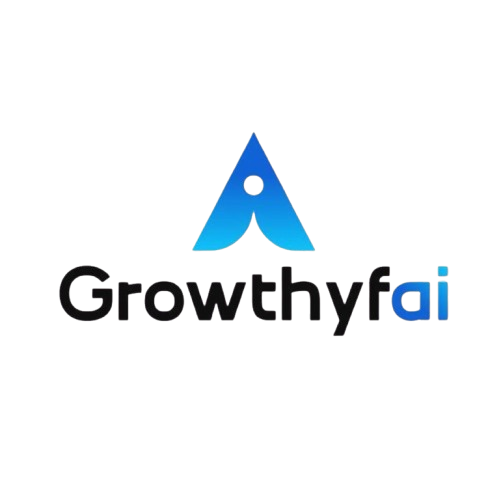
As we stand at the crossroads of technology and creativity, artificial intelligence (AI) emerges as a powerful catalyst for change in artistic expression. The interplay between human creativity and machine intelligence has opened new vistas, challenging traditional boundaries and paving the way for innovative forms of art. This article delves into AI’s role in shaping future forms of artistic expression, exploring its impact, potential, and implications for the creative world.
Understanding AI in Art
To appreciate AI’s influence on art, it’s vital to understand how AI operates within this domain. AI in art involves the use of algorithms and machine learning techniques to analyze, generate, and enhance artistic outputs. This might include visual art, music, literature, and more. By processing vast data sets, AI can detect patterns, make predictions, and even inspire new artistic ideas. It can act as both a collaborator and a creator, offering fresh perspectives that were previously unimaginable.
AI as a Collaborator
In recent years, AI has taken on the role of a collaborator for artists across various mediums. Artists leverage AI tools to augment their creative processes, leading to an amalgamation of human ingenuity and machine precision. For instance, musicians are using AI-driven software to analyze compositions and suggest innovative chord progressions or melodies. Visual artists, similarly, employ machine learning to generate new designs and styles that push aesthetic boundaries.
An exemplary illustration of AI as a collaborative tool is Google’s DeepDream, which uses convolutional neural networks to produce dreamlike, abstract images. Artists can input their digital works, and DeepDream reimagines them, leading to novel interpretations that challenge the viewer’s perception.
AI as a Creator
Beyond collaboration, AI can independently create art, raising questions about authorship and originality. AI-generated art assets have been auctioned at prestigious venues like Christie’s, where the AI artwork “Portrait of Edmond de Belamy” fetched nearly half a million dollars. Created by the Paris-based collective Obvious, the artwork is a prime example of AI’s potential to stand alone in the art world.
AI’s capabilities extend beyond visual arts. In literature, AI systems like OpenAI’s GPT series can generate text that mimics human writing styles, potentially leading to AI-authored novels or poetry that explore themes and narratives dictated by the algorithm’s training data. In music, AI has composed symphonies that are both engaging and complex, challenging listeners to distinguish between human and machine-crafted compositions.
The Ubiquity of AI Art Platforms
The growing presence of AI art platforms illustrates AI’s pivotal role in future artistic expression. Online platforms and mobile applications powered by AI provide tools for creating, editing, and transforming art with minimalistic input. Platforms like Artbreeder allow users to blend images and create new artworks, enabling accessible, user-friendly engagement with AI art creation.
These platforms democratize art creation, offering people without formal artistic training opportunities to express themselves creatively. Consequently, the definition of what it means to be an ‘artist’ is evolving, potentially reshaping the art market and its traditional gatekeepers.
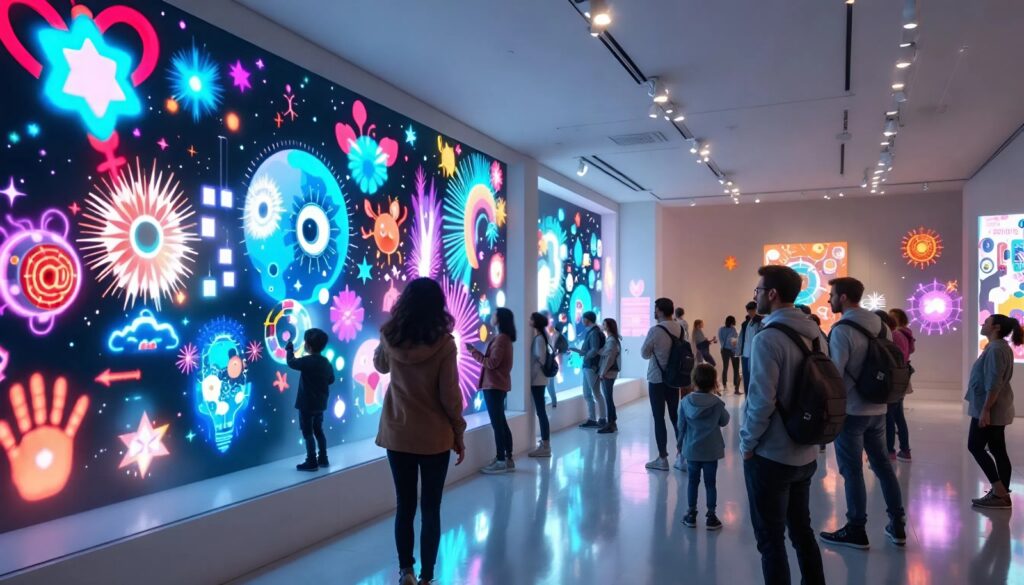
Ethical Considerations and Challenges
As AI continues to redefine art, it presents ethical and operational challenges. Concerns about authorship rights, artistic integrity, and the devaluation of human creativity are paramount. Who owns an AI-generated artwork, and how should it be credited? Should AI art be considered on par with human-created art, or will it lead to a diminished appreciation for human efforts?
Additionally, the dependence on AI for creativity raises concerns about diversity and cultural representation. AI systems are only as unbiased as the data they are trained on, which can perpetuate existing stereotypes and biases.
Conclusion: Embracing the New Artistic Frontier
AI’s role in shaping the future forms of artistic expression is both exhilarating and complex. It opens avenues for creativity that extend beyond human imagination, offering artists new tools and methods to explore their art. However, this new frontier comes with challenges that require thoughtful consideration and responsible management.
In embracing AI, the art world must strike a balance between innovation and tradition, ensuring that the technology augments rather than diminishes the value of human creativity. As we navigate this dynamic landscape, AI holds the promise of a richer, more diverse artistic future, inviting creators and audiences alike to engage with art in ways previously unthinkable.
In conclusion, AI is not just a tool or a trend; it is an evolving element of artistic expression that stands to redefine what art is and can be. For artists, technologists, and audiences, AI offers an invitation to explore this transformative potential and participate in shaping the future of creativity.

